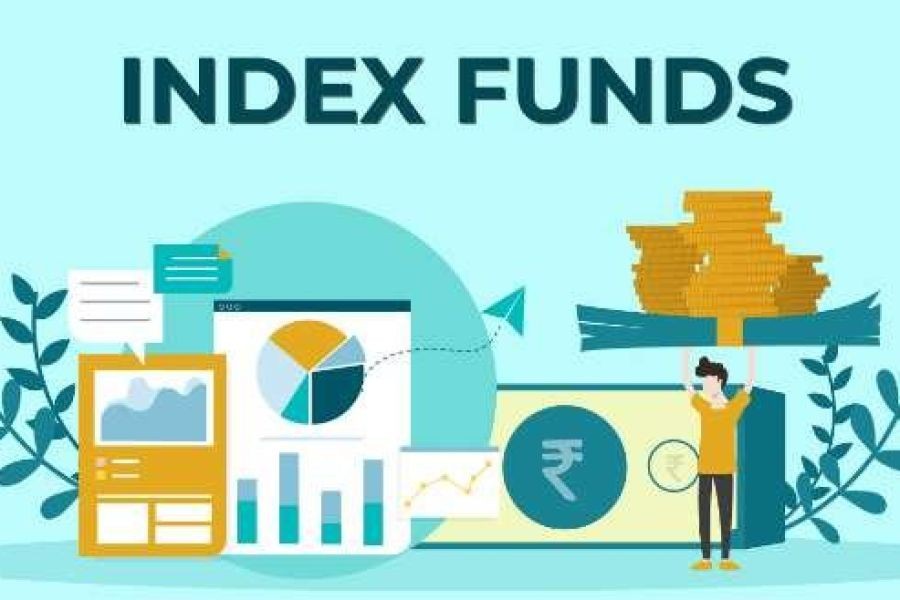In the world of investing, the debate between index funds and actively managed funds is both persistent and significant, especially for Australian investors navigating a complex financial landscape. As more Australians seek to maximize their investment returns, understanding the nuances of these two investment strategies becomes imperative. With Australia's unique economic conditions, regulatory environment, and investment culture, choosing the right fund strategy can impact financial outcomes profoundly.
Understanding the Basics: Index Funds vs. Actively Managed Funds
Index funds are designed to replicate the performance of a specific market index, such as the ASX 200. Their passive management approach typically results in lower fees, making them an attractive option for cost-conscious investors. In contrast, actively managed funds involve a team of professionals actively selecting stocks to outperform the market index. These funds often come with higher fees, justified by the potential for superior returns.
Australian Economic Context and Market Trends
Australia's economic environment offers unique opportunities and challenges for investors. According to the Reserve Bank of Australia (RBA), the Australian economy has shown resilience despite global uncertainties, with GDP growth projected to continue at a steady pace. This stability provides a fertile ground for both index and actively managed funds.
Moreover, data from the Australian Bureau of Statistics (ABS) indicates that Australian households have increased their investment in financial assets by 8% over the past year, reflecting a growing interest in diversified investment strategies. This trend underscores the importance of understanding the distinct advantages of index and actively managed funds within the Australian context.
Pros and Cons of Index Funds
Pros:
- Cost-Effective: With lower management fees, index funds offer a cost-efficient way to invest in the market.
- Diversification: Provides broad market exposure, reducing the risk associated with individual stocks.
- Consistent Returns: Historically, index funds have delivered consistent returns aligned with market averages.
Cons:
- Limited Upside: Index funds are unlikely to outperform the market significantly due to their passive nature.
- Market Volatility: Gains and losses are directly tied to market performance, offering no protection from downturns.
Pros and Cons of Actively Managed Funds
Pros:
- Potential for Higher Returns: Skilled fund managers can potentially outperform the market.
- Flexibility: Fund managers can quickly adjust strategies in response to market changes.
Cons:
- Higher Fees: Active management comes with higher fees that can erode returns.
- Performance Variability: Success heavily depends on the manager's skill, leading to potential underperformance.
Case Study: Australian Super and its Balanced Investment Approach
Problem: AustralianSuper, one of the largest superannuation funds in Australia, sought to provide its members with strong returns while managing risk.
Action: The fund implemented a balanced approach, combining index funds for cost-effective market exposure and actively managed funds for potential outperformance. This strategy allowed AustralianSuper to leverage the benefits of both investment styles.
Result: Over the past decade, AustralianSuper's balanced investment option delivered an average annual return of 9.73%, outperforming many other funds. The mix of index and active strategies contributed to its resilience during market volatility.
Takeaway: This case highlights the effectiveness of a hybrid investment strategy in achieving strong, consistent returns while managing risks. Australian investors can benefit from diversifying their portfolios with a mix of index and actively managed funds.
Common Myths and Mistakes in Fund Investment
- Myth: "Index funds are always safer than actively managed funds." Reality: While index funds offer diversification, they are still subject to market risks and can experience significant losses during downturns.
- Myth: "Actively managed funds guarantee higher returns." Reality: Studies show that over 80% of actively managed funds underperform their benchmarks over the long term (Source: ASIC).
- Myth: "Higher fees mean better performance." Reality: Higher fees can erode returns, and there is no consistent correlation between fees and performance.
Future Trends and Predictions in the Australian Investment Landscape
Looking ahead, Australia's investment landscape is poised for further transformation. With increasing regulatory scrutiny from the Australian Securities and Investments Commission (ASIC) and advancements in financial technology, both index and actively managed funds will need to adapt. By 2028, experts predict that technology-driven investment platforms will dominate, offering personalized investment solutions that blend the best of both worlds.
Final Takeaways & Actionable Insights
- Fact: Australian investors are increasingly opting for diversified investment strategies, blending index and actively managed funds.
- Strategy: Consider a balanced portfolio to leverage the cost-efficiency of index funds and the potential upside of active management.
- Mistake to Avoid: Avoid choosing funds based solely on past performance; consider fees, diversification, and risk tolerance.
- Pro Tip: Utilize digital investment platforms to access tailored fund solutions.
As you navigate the complex world of investing, understanding the distinct benefits and limitations of index and actively managed funds is crucial. By leveraging a balanced strategy and staying informed about market trends and regulatory changes, Australian investors can enhance their financial outcomes. What are your thoughts on the best approach to fund investing in Australia? Share your insights below!
People Also Ask (FAQ)
- How does the Australian economy impact investment funds? Strong economic growth in Australia, as highlighted by the RBA, provides a stable environment for both index and actively managed funds to thrive.
- What are the biggest misconceptions about investment funds? One common myth is that actively managed funds always outperform index funds; however, ASIC research shows many underperform their benchmarks over the long term.
- Who benefits the most from index funds? Cost-conscious investors seeking market-average returns benefit significantly from the low fees and diversification offered by index funds.
Related Search Queries
- Best index funds Australia 2024
- Actively managed funds performance comparison
- Index vs. active funds for Australian investors
- Top Australian investment funds
- Investment strategies in Australia 2025
- Australian Super investment options
- Impact of RBA policies on investments
- Low-cost index funds in Australia
- Active fund management fees in Australia
- Future of investment funds in Australia































jonatan Swift
7 months ago